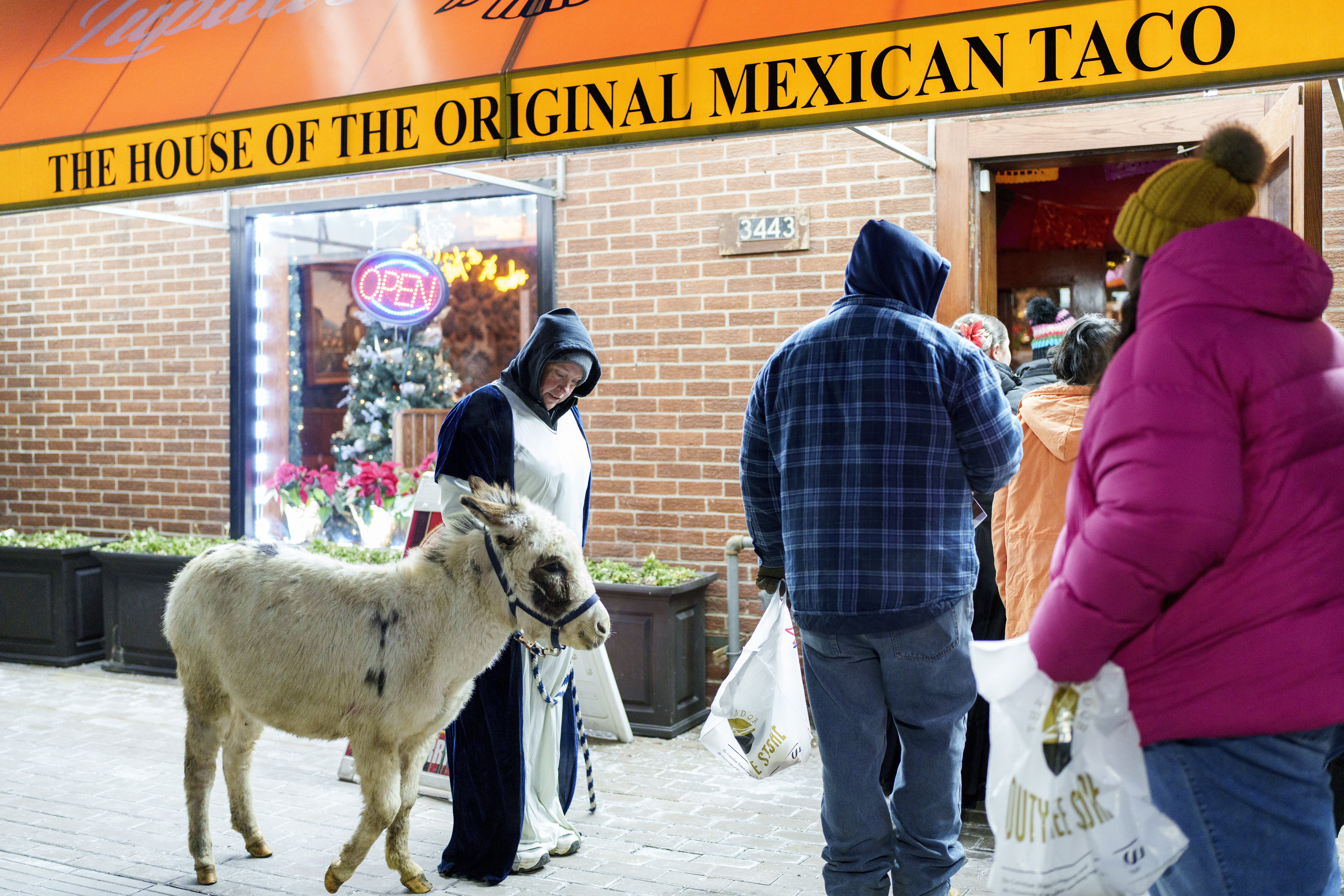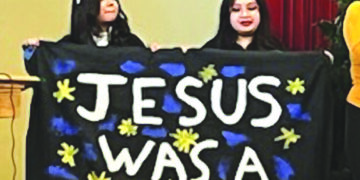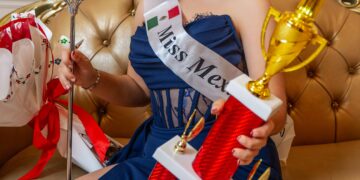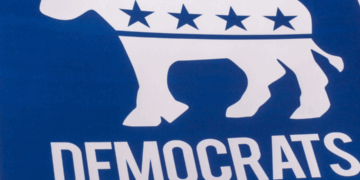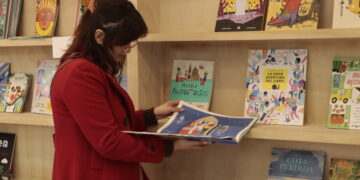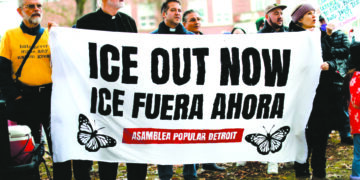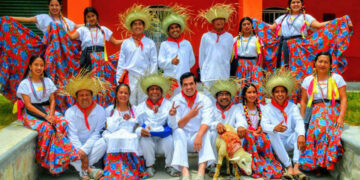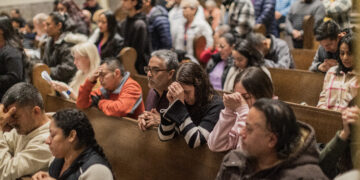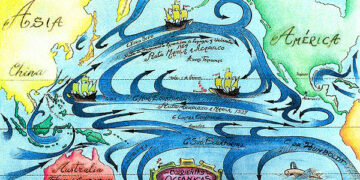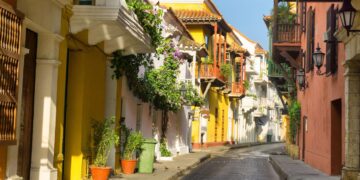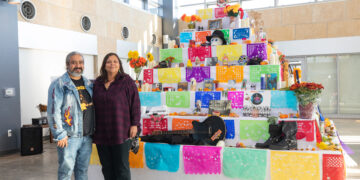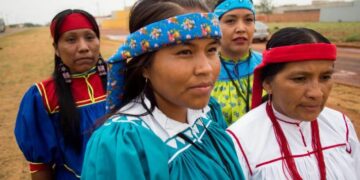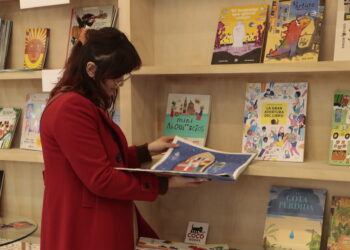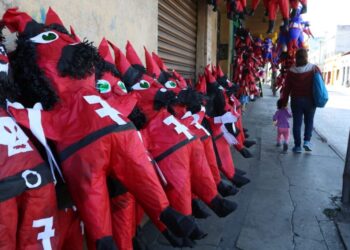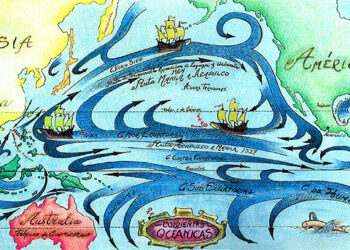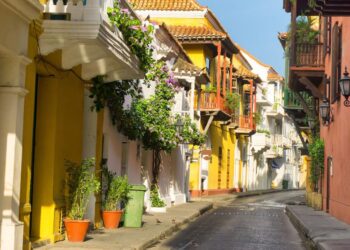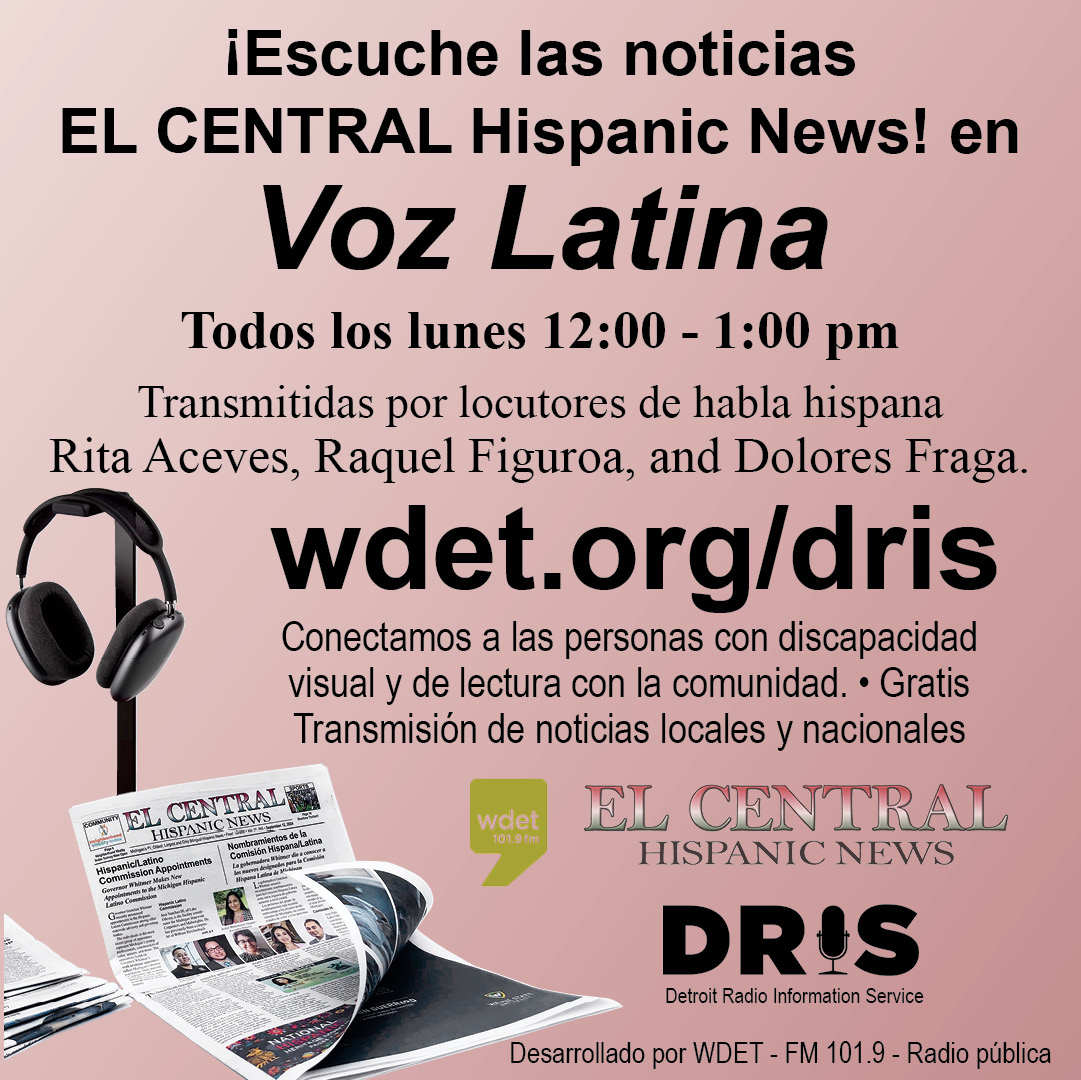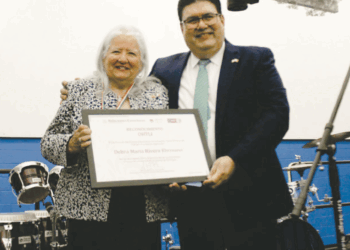Cuando se piensa en la cultura maya, es común caer en el error de considerarle extinta y enterrada en el pasado. Sin embargo, la cultura maya continúa hasta nuestros días en diferentes regiones de México y Guatemala, principalmente. No obstante, debemos recordar que se extendió hasta Centroamérica.

Desde hace más de 30 años durante el mes de octubre los representantes de los diferentes pueblos de la cultura Maya: Zoque, Tzotziles, Tzeltales, Chol y Tojolabales se reúnen para celebrar la cosecha, en otras culturas a este festejo se le asocia con los festejos a la madre tierra. Durante los últimos años, las festividades a la madre tierra implican la coordinación entre los diferentes pueblos de las comunidades de la cultura maya, los cuales están establecidos en cinco estados (Chiapas, Campeche, Tabasco, Yucatán y Quintana Roo) al sureste de la república mexicana, por donde actualmente pasa el recién inaugurado Tren Maya.
La ceremonia es dirigida por líderes espirituales de los pueblos indígenas, quienes se encuentran al centro junto a donde se colocarán las ofrendas: cuencos o jícaras con la bebida sagrada, incienso, cacao, maíz, velas. Se ubican algunas rocas o marcas que representen los cuatro puntos cardinales.
Esta celebración es acompañada por danzas y música ritual.
Los sacerdotes y sacerdotisas reivindican el rol de la tierra como proveedora no sólo del alimento del cuerpo, sino también como sustento para el alma y el espíritu. Esta ceremonia es una muestra de agradecimiento y plegaria por la convivencia en armonía de los pueblos de mundo, así como de los seres humanos con la naturaleza.

En esta ceremonia se unen aspectos simbólicos, así como aspecto de la cultura como la gastronomía, el tianguis cultural, donde se ofrecieron máscaras y diferentes artesanías identitarias, aunado al festival de luz y sonido por la noche donde se llevan a cabo representaciones de los mitos de la creación mayas.
En el marco de esta ceremonia se llevan a cabo actividades que realzan el papel de la cultura maya y sus diferentes etnicidades, entre las que entran los: Zoque, Tzotziles, Tzeltales, Chol y Tojolabales.
Sin duda, México año con año se ocupa en realizar actividades que reivindiquen a las culturas indígenas en el país.
Mayan Celebration to Mother Nature
When thinking about the Mayan culture, it is common to make the mistake of considering it extinct and buried in the past. However, the Mayan culture continues to this day in different regions of Mexico and Guatemala, mainly. However, we must remember that it spread to Central America.

For more than 30 years, during the month of October, representatives of the different peoples of the Mayan culture: Zoque, Tzotziles, Tzeltales, Chol and Tojolabales have gathered to celebrate the harvest. In other cultures, this celebration is associated with the celebrations. to mother earth. During recent years, the festivities to Mother Earth involve coordination between the different peoples of the Mayan culture communities, which are established in five states (Chiapas, Campeche, Tabasco, Yucatán and Quintana Roo) in the southeast of the republic. Mexican, where the recently inaugurated Mayan Train currently passes.
The ceremony is led by spiritual leaders of the indigenous peoples, who are in the center next to where the offerings will be placed: bowls or gourds with the sacred drink, incense, cocoa, corn, candles. Some rocks or marks are located that represent the four cardinal points.
This celebration is accompanied by ritual dances and music.
Priests and priestesses claim the role of the earth as a provider not only of food for the body, but also as sustenance for the soul and spirit. This ceremony is a sign of gratitude and prayer for the harmonious coexistence of the people of the world, as well as of human beings with nature.

In this ceremony, symbolic aspects are united, as well as aspects of culture such as gastronomy, the cultural flea market, where masks and different identity crafts were offered, coupled with the light and sound festival at night where representations of the myths are carried out. of Mayan creation.
Within the framework of this ceremony, activities are carried out that highlight the role of the Mayan culture and its different ethnicities, including: Zoque, Tzotziles, Tzeltales, Chol and Tojolabales.
Without a doubt, Mexico year after year is busy carrying out activities that vindicate indigenous cultures in the country.

